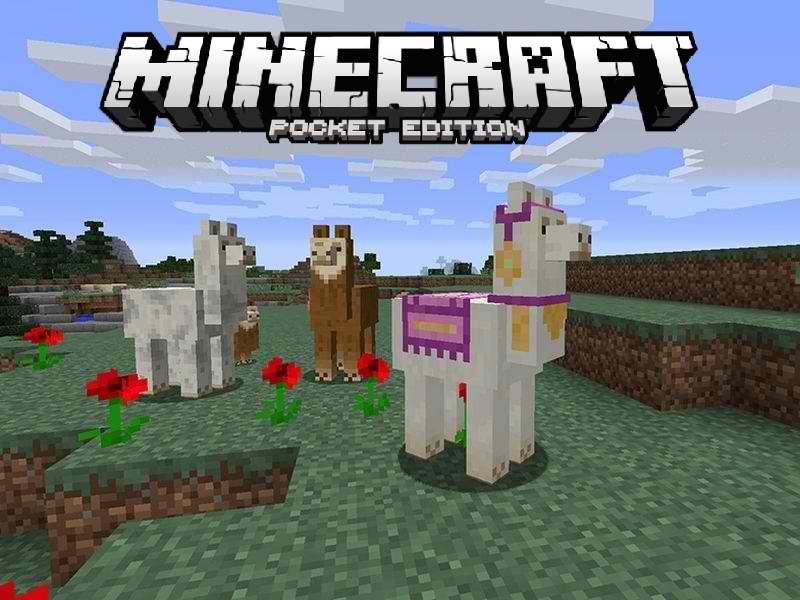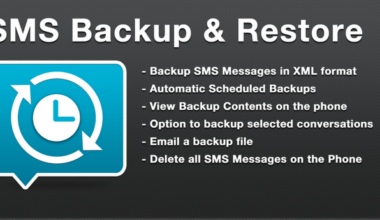In 2011, the project named Minecraft: The Mobile Edition has become Minecraft: Pocket Edition. It was made available on Android and Xperia Play, becoming so popular that expansion to more compatible devices was inevitable. In fact, it has reached the iOS platform, carving out a niche, as the game rapidly rolled out from there.
Minecraft and Code Slinger lead developer Jens Bergensten, in a festive mood, tweeted about Minecraft: Pocket Edition’s unexpected speed and rate. Bergensten believed that the failure of Apple to provide support for Java may have been a perfect move. Thus, the game has even achieved a more robust and rapid rate content expansion than it was anticipated.
In fact, this success has made it clear for the wider expansion of the content and features of the game. This even became a closer equivalent of the PC version in terms of content that players have anticipated.
Here are some reasons why Minecraft: Pocket Edition has been the dominant version.
- It utilizes the MATTIS system
- You can craft any type of brick, stone, and quartz block and item via the Stonecutter, making the crafting table less busier
- The Nether is non-existent in the Pocket Edition, but you can get the Nether Reactor instead
- A huge Netherrack Fortress will be spawned with the use of the Nether Reactor
- The Pocket Edition has the exclusive rights for the Beetroots, Beetroot Seeds, and the Beetroot Soup
- Beetroot seeds were found in the Nether Reactor, which also have 1:14 chance of spawning while harvesting grass blocks.
- Zombie Pigmen have the tendency to be always hostile and angry towards the player
Moreover, Minecraft has won the award in 2010 for being the 4th best game that you can play at work. Other awards include dozens of the best downloadable games of the year.






